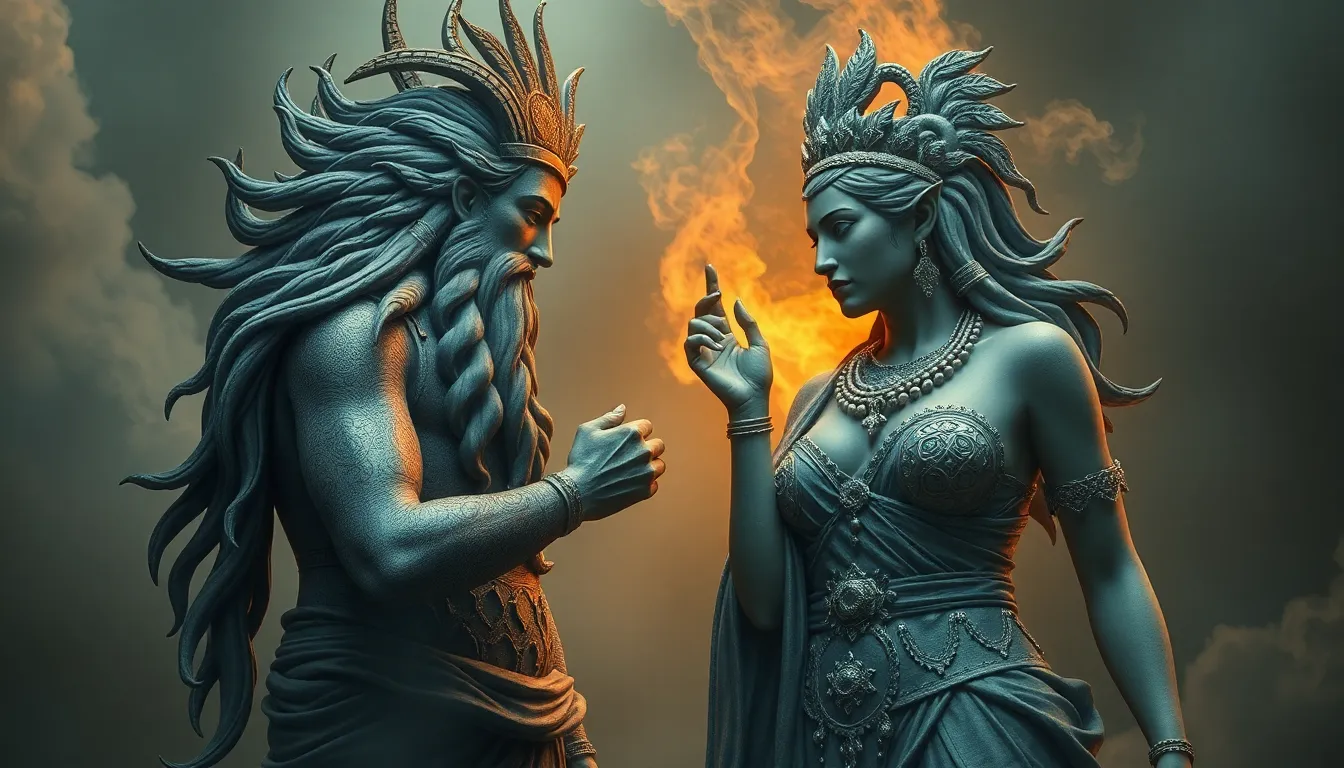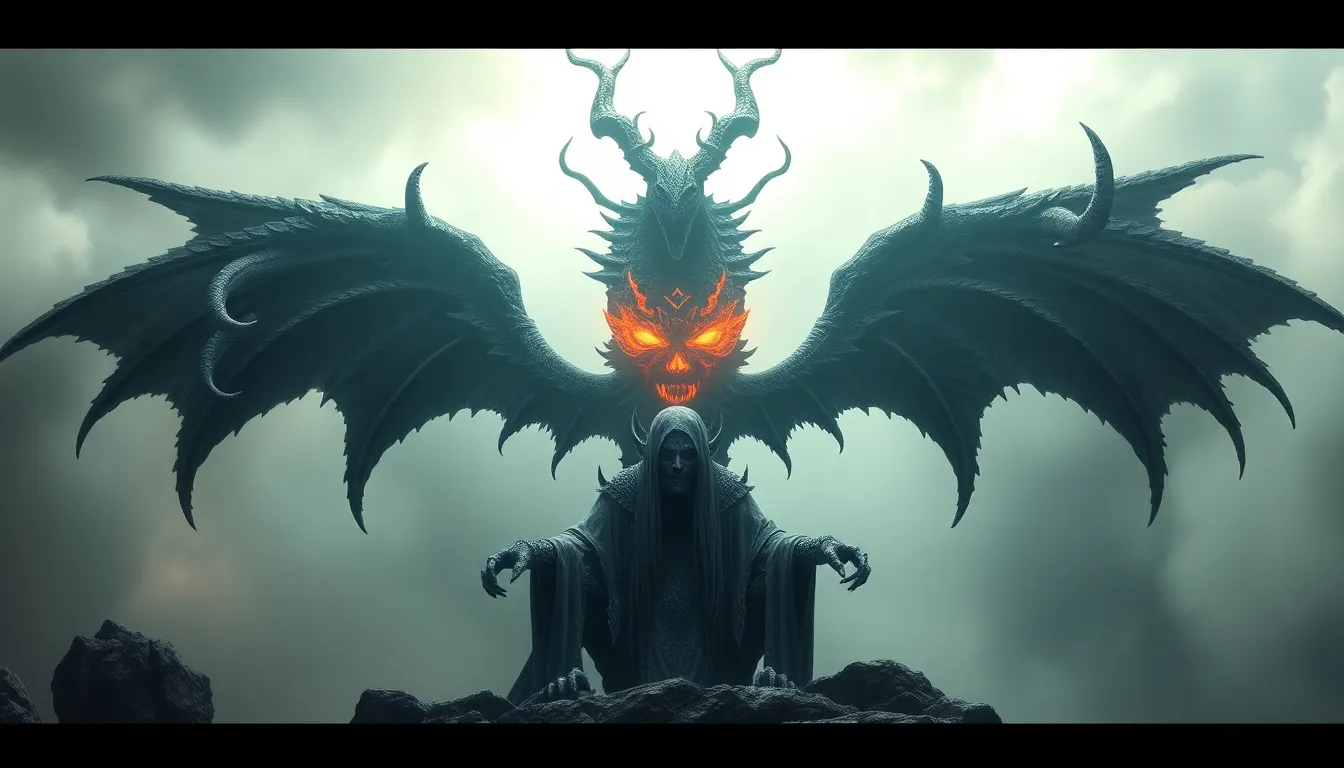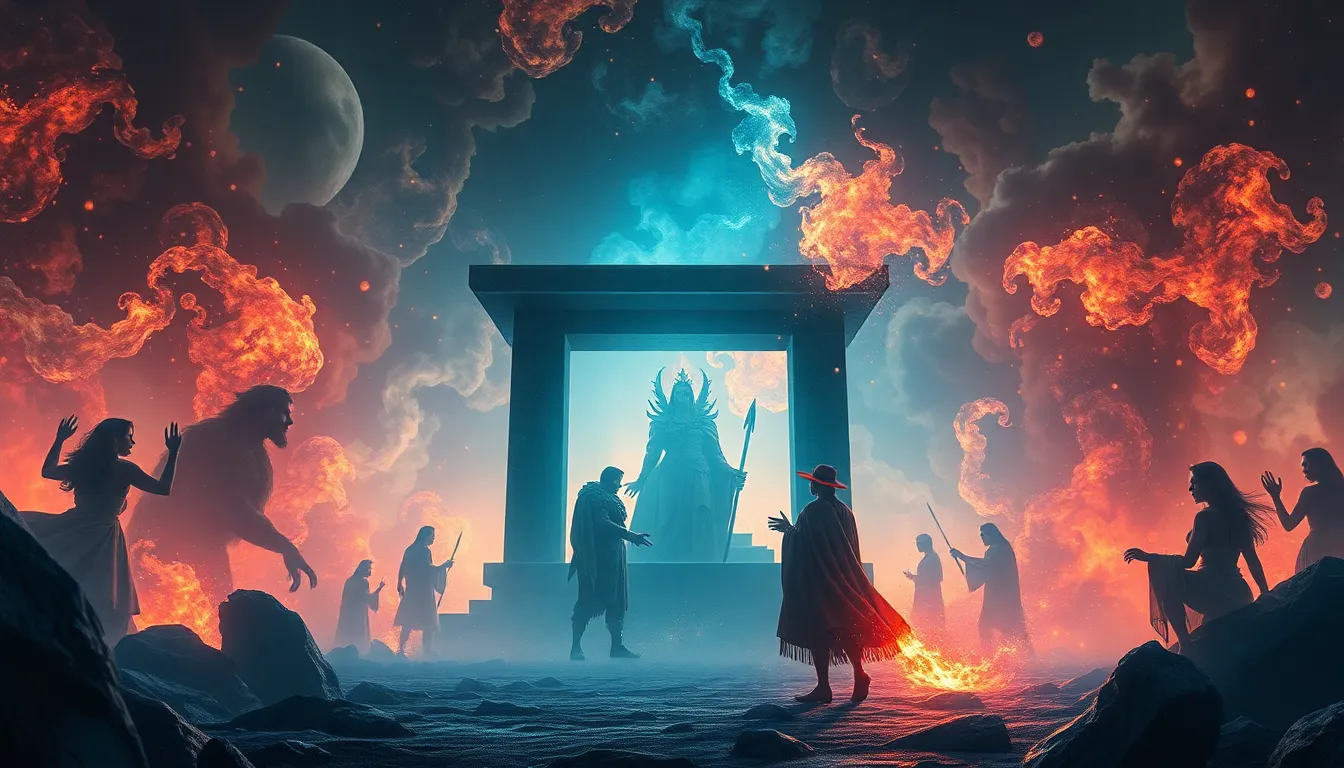The Role of Ancient Deities in Shaping Gender Roles
Introduction
Throughout history, ancient deities have held significant places in the pantheons of various cultures, influencing and reflecting the societal values and norms of their times. These divine figures were not only central to religious practices but also served as embodiments of cultural ideals, including those related to gender roles. Understanding the interplay between ancient religions and gender roles provides valuable insights into how societies viewed masculinity and femininity, and how these perceptions have evolved over time.
The Concept of Gender in Ancient Societies
Gender roles in ancient cultures were often rigidly defined, with specific expectations of behavior, responsibilities, and attributes assigned to men and women. These roles varied significantly across different civilizations:
- Mesopotamia: Gender roles were largely patriarchal, with men holding most positions of power, while women were often relegated to domestic spheres.
- Egypt: Women in ancient Egypt enjoyed more rights and freedoms compared to their counterparts in other cultures, often owning property and engaging in business.
- Greece: Greek society was marked by strict gender divisions, where men dominated public life and women were expected to manage the household.
- Rome: Roman gender roles were complex, with women having some social influence, yet still largely confined to domestic roles.
The Influence of Female Deities on Gender Roles
Female deities played a crucial role in shaping ideals of femininity and the expectations placed on women in their respective societies. Prominent goddesses such as:
- Isis: A symbol of motherhood and magic, she represented the ideal of the devoted wife and mother.
- Athena: The goddess of wisdom and warfare, she embodied strength and intellect, challenging traditional norms of femininity.
- Aphrodite: As the goddess of love and beauty, her portrayal highlighted the importance of attraction and desirability in ancient culture.
These deities not only reflected existing societal norms but also influenced the way women aspired to embody these ideals.
Male Deities and Masculinity
Male deities also played a significant role in defining masculinity and the expectations placed on men. Figures such as:
- Zeus: The king of the gods in Greek mythology, representing authority and power.
- Osiris: In Egyptian mythology, Osiris embodied the ideals of resurrection and renewal, often associated with the roles of husband and father.
- Enlil: A major deity in Mesopotamian culture, Enlil was seen as a god of wind and storms, symbolizing strength and control.
These gods set standards for men, emphasizing qualities like strength, dominance, and responsibility, which were essential for maintaining social order.
Duality and Fluidity: Androgynous and Gender-Bending Deities
Among the pantheons, there were also deities that challenged traditional gender norms through their androgynous or fluid identities. Notable examples include:
- Inanna: The Sumerian goddess of love and war, who exhibited both masculine and feminine traits, representing the complexity of identity.
- Hermaphroditus: In Greek mythology, this figure was both male and female, exploring themes of unity and duality in identity.
These deities have had a lasting impact on contemporary understandings of gender fluidity, showcasing the spectrum of identity beyond binary norms.
Rituals and Practices: Gendered Spirituality in Ancient Cultures
Gender roles significantly influenced religious rituals and practices in ancient cultures. Worship of deities often reinforced traditional gender roles, as seen in:
- Priestly roles, which were typically gender-specific, with men serving in powerful positions and women often relegated to supporting roles.
- Rituals that celebrated femininity, such as fertility rites dedicated to goddesses, which emphasized women’s roles as mothers and nurturers.
- Masculine rituals that focused on valor and strength, often led by male priests or warriors.
However, some practices challenged these norms, allowing for more fluid expressions of gender in spirituality.
Mythology as a Reflection of Societal Gender Norms
Myths and stories from ancient cultures often highlight gender expectations and societal norms. Key narratives include:
- The tale of Pandora in Greek mythology, which portrayed women as vessels of temptation and chaos.
- The story of Isis and Osiris, emphasizing themes of loyalty and resurrection, showcasing the power of female devotion.
- The heroic narratives of male gods, which reinforced ideals of bravery and male dominance.
These narratives served not only as entertainment but also as tools for perpetuating or subverting existing gender roles.
Cultural Variability: Regional Differences in Deity-Driven Gender Roles
Different cultures exhibited significant variability in how deities influenced gender roles. For example:
- Hinduism: Features a rich tapestry of deities that embody various aspects of gender, with goddesses like Durga portraying strength and independence.
- Greco-Roman beliefs: Highlighted strict binary gender roles but also included figures like Hermaphroditus that blurred these lines.
These examples illustrate how local customs and societal structures shaped the interpretations of deities and their associated gender roles.
Legacy of Ancient Deities in Modern Gender Discourse
The influence of ancient deities continues to resonate in contemporary discussions surrounding gender. The representation of gender fluidity through ancient myths and deities informs modern understandings of identity. Current movements advocating for gender equality and recognition of diverse identities draw upon historical perspectives to challenge oppressive norms.
Conclusion
In summary, ancient deities played a vital role in shaping gender roles across various cultures, influencing societal expectations and individual identities. From the powerful female goddesses to the dominant male deities, these figures reflected and shaped the norms of their times. As contemporary society grapples with issues of gender identity and fluidity, the legacy of these ancient beliefs remains relevant, reminding us that the understanding of gender is complex and ever-evolving.
https://www.youtube.com/watch?v=RyLO8fNplZU



